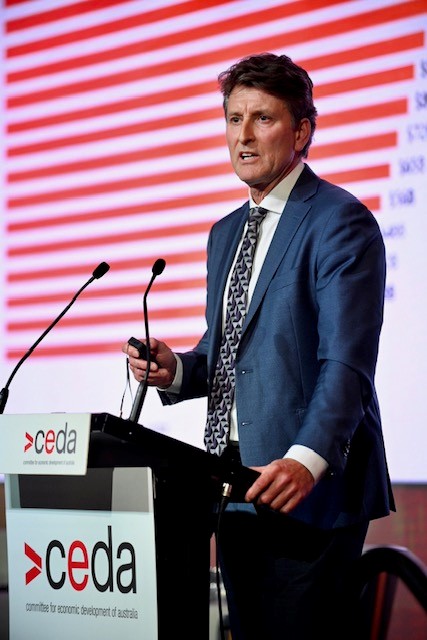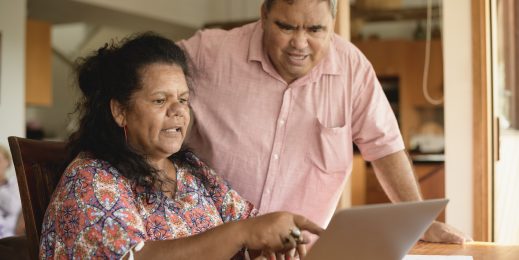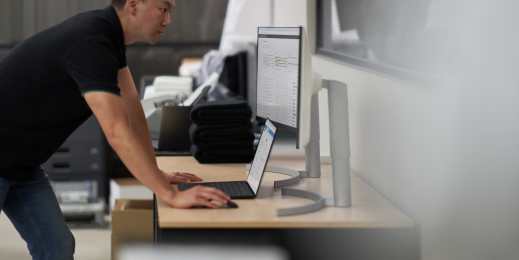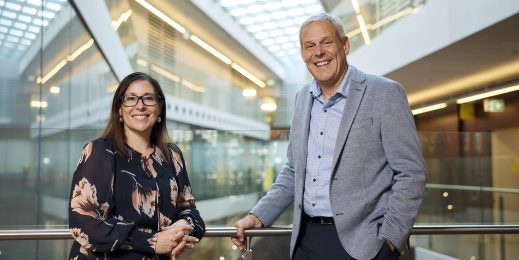
Ingenuity is Australia’s superpower – it’s time we unleashed it
By Steven Worrall, Managing Director, Microsoft ANZ

This afternoon, I had the pleasure of speaking at the Committee for Economic Development of Australia’s (CEDA’s) State of the Nation conference in Canberra. I was invited to provide my perspective on the role industry can – and should – play in harnessing science and technology to unlock Australia’s future growth and tackle some of our greatest challenges.
While mining and financial services remain our biggest contributors to GDP, tech is now the third largest sector of our economy, at A$167 billion. The Tech Council of Australia (TCA) forecasts it will outgrow primary industries by 2030.
There are macro issues that will guide our course over the next decade. We are concurrently dealing with healthcare challenges in the aftermath of COVID, rising cost of living, ongoing supply issues, geopolitical instability and concerns around national security, plus the jobs and skills crisis which has taken centre stage in the past few weeks.
Globally, there is a fierce science and technology race for economic advantage. Countries that push forward and build capability now will snare jobs and income in the decades ahead.
Tapping into home-grown ingenuity
Australia punches above its weight when it comes to scientific and technological ingenuity. We have a lot to be proud of; think long-life contact lenses, plastic skin, extra-nutritious strains of barley and vaccine development. Or look at how robotics technologies that were developed for the mining industry are being transferred to space exploration.
We also make a significant contribution to scientific advances globally. Despite having just 0.3 per cent of the world’s population, we contribute to more than 4 per cent of the world’s published research.
Ingenuity is our nation’s superpower. We need to supercharge it, so we can overcome the challenges we face and accelerate our potential as a nation.
As I said at CEDA’s State of the Nation conference, we have strong foundations in place to achieve this.
Australia is a leading digital economy. We are one of the world’s fastest adopters of cloud technology, which has led to the success of cloud-native startups like Airwallex, Canva and Go 1. Australia’s tech sector has been underpinned by strong growth in venture capital. We must maintain an environment that welcomes this and other global and local sources of investment.
So, how can we realise the multiplying effect of science x technology for the benefit of all Australians?
Captaincy, collaboration and capability
The first step is to recognise that no-one has all the answers. That’s why Microsoft partnered with CEDA to publish a new report, Harnessing Science x Technology to drive Australian innovation and growth.
The report identifies the need for captaincy: a clearly articulated, non-partisan and overarching ambition for industry, innovation and science. We need a framework to drive this ambition across all sectors for the long term.
Following last week’s Jobs and Skills Summit, the Australian Government committed to widening the talent pipeline for science and technology; reviewing existing Government programs to see if they can support greater diversity; and supporting a Digital and Tech Skills Compact between government, unions and technology employers.
I join the TCA and other members of the industry in welcoming this clear and consistent national leadership.

The report also highlights the importance of collaboration between scientists, researchers, innovators and technologists to supercharge commercial growth in science and tech.
One example is Microsoft’s partnership with CSIRO, which seeks to accelerate CSIRO’s missions using our best technology research and investments. We’ve already had success in areas such as using AI and machine learning to make farming more sustainable and are now looking at partnerships in the fields of robotics and space.
Another example is the work of Professor Mark Hutchison, Director of the ARC Centre of Excellence for Nanoscale BioPhotonics at the University of Adelaide. This tech incubator has turned a A$23 million investment from the Australian Government into 16 startups that are focused on creating new devices for use in medicine, defence and agriculture. As one of the new generation of science entrepreneurs, Hutchison brought together scientific, technology, engineering and commercialisation experts from day one.
A third key theme from the report is capability. We need to cultivate our talent, creativity, ingenuity and emerging skills so that Australia’s workforce is present-proof and future-ready as we transform our economy.
At Microsoft, we work with governments, educational institutions, and industry to foster a diverse pipeline of tech talent. Our recent efforts include a pilot partnership with the University of Technology Sydney, Macquarie University and TAFE NSW for state’s first Institute of Applied Digital Technology; launching the First Nations Digital Careers Program with the Queensland Government; and helping the Western Australian Government deliver cybersecurity training and awareness programs across the state’s public sector.
I’d also like to acknowledge the TCA’s recent work in laying out a roadmap for creating an additional 1.2 million tech jobs in Australia by 2030.
Our ability to harness science and technology has always been important. However, today innovation plays a central role in solving the nation’s biggest challenges. It’s time to unleash Australia’s ingenuity superpower and bring science and technology closer together.








